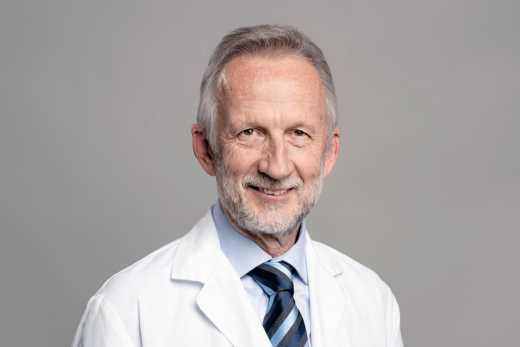Therapeutic skills I-III
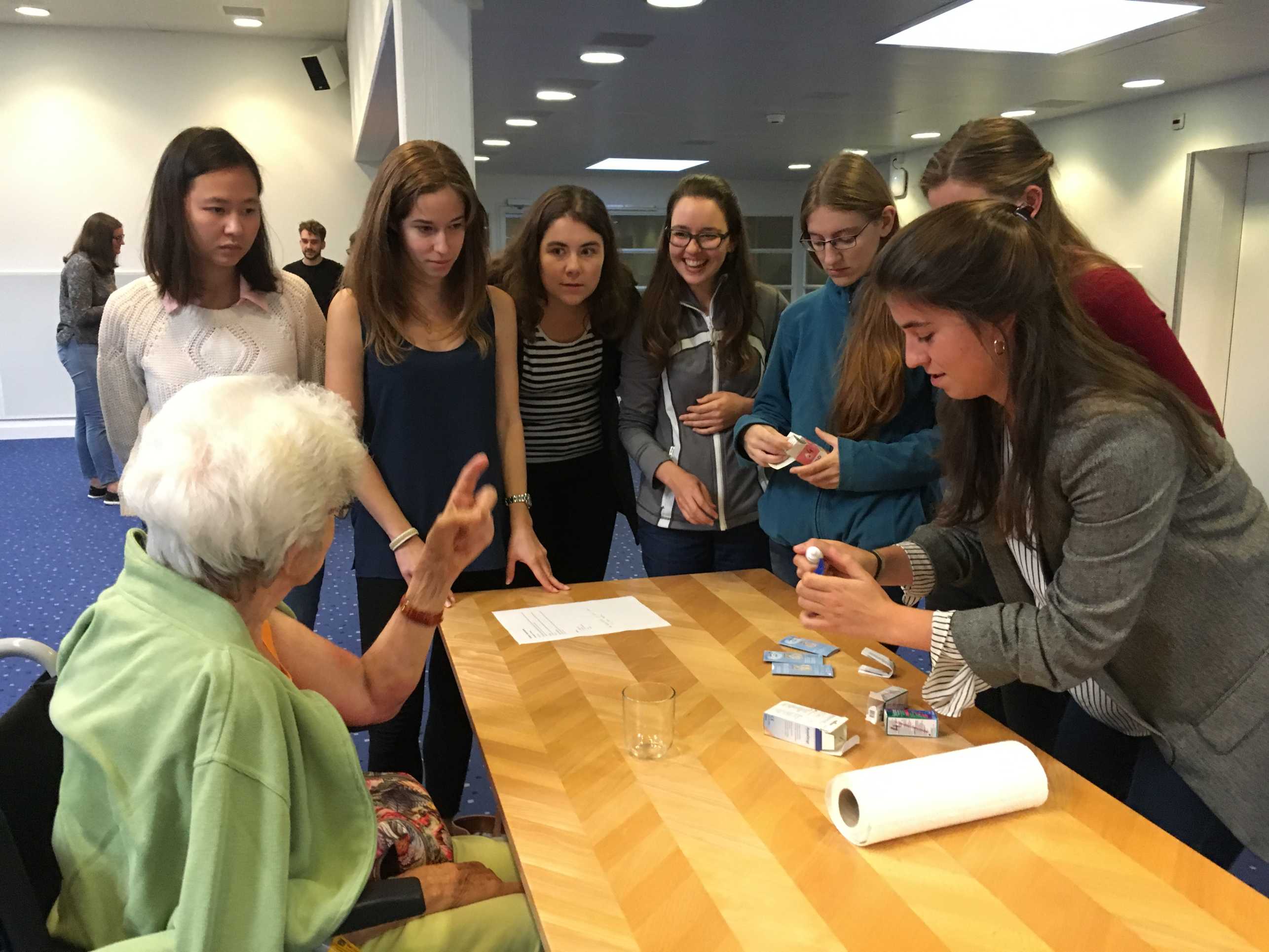
Practicing real-life tasks in the pharmaceutical sciences
Particularly for older persons, there are numerous hurdles in the correct use of medications: from opening the packaging to the use of special dosage forms such as therapeutic patches to understanding a complex therapy. In this course, pharmacy students learn to anticipate problems in the use of medicines and to prevent them by taking appropriate measures. In addition, they gain initial experience in contact with patients and in using their expertise to ensure therapeutic success and patient safety. They are given the opportunity to practice situations which they will encounter during their internship and in their future work life and receive immediate and direct feedback on it in their class time.
Implementation model
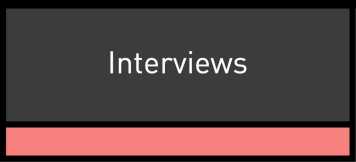
In the interview of an elderly person, usually a relative, the students gain an awareness of the topic. They take first steps in communicating with patients and learn that the application of drugs is often not as prescribed. The patient interviews are an important preparation and an “ice-breaker” before working with patients at the hospital.
The interview can be performed face-to-face or by phone/video conference. However, only a face-to-face interview can detect practical problems with handling drugs and sensitive topics like compliance with the therapy are easier to address.
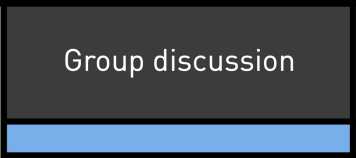
Findings from the patient interview are discussed in the plenum. The students link their own experience with the content of a previous lecture. Quantitative results of the interviews like the age of the patients and the number of drugs used can be collected either in presence by simple raising of hands or voting tools like EduApp can be used to show results and compare them with the literature.
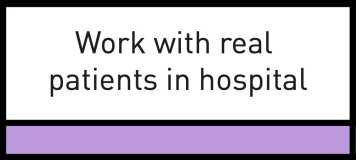
Students work together with patients to find solutions. First, students learn the correct handling of drugs and special dosage forms and then instruct the patients. They observe difficulties that arise and develop and test strategies to overcome these. The students receive immediate feedback from the patients and can adapt the strategies or their way of explaining. Most importantly, they learn to communicate with patient by developing individual strategies together with the patient.
Face-to-face work is needed to become aware of the hurdles in the correct use of medication and experience the impact of visual and motoric limitations on the handling of drugs or opening of packages.
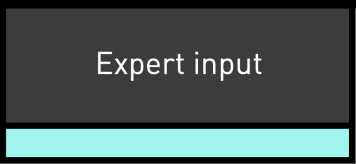
The lecturers comment the discussed strategies and give further input on clinical and pharmaceutical aspects. The students can link their own experience to the new knowledge and gain confidence in future counselling of patients.
When using videos of the student-patient interactions (i.e. when the access to the hospital is restricted), important details can be studied in plenum by using the pause and repeat function. This facilitates sharing of experiences and knowledge since there may be large differences between patients.
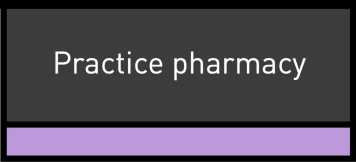
Students create an instructional video on the correct use of individual medications and share it with other students. They meet in presence and discuss the best way to use and explain the use of the medications.
The sharing of the videos is not limited to the face-to-face lecture and allows students to expand their knowledge to dosage forms they have not worked with themselves.
How do students prepare for the class?
Angela Küng: Before the first patient contact, the students interview an elderly person from their circle of relatives about their medication and any difficulties they may have in understanding and using it. In this way, they are already sensitized to problems when working in groups with geriatric patients. They first familiarize themselves with the use of special forms of medication and then explain them to the patients. In doing so, they experience which difficulties arise, e.g. due to visual or motoric limitations, and look for solutions together with the patients.
What is the importance of the patient interviews?
Angela Küng: In their studies to date, students have explored a variety of pharmaceutical subjects and cultivated a strictly scientific approach to drug therapy. The interviews together with the work with hospital patients are often an eye-opener to the gap between science and the every-day use of medicines by patients. This serves as an important “reality check” to prepare students for their role as a pharmacist and illustrates the importance of patient counselling.
What are the students doing in your class face-to-face?
Angela Küng: The face-to-face teaching takes place for the first time in the hospital with patients. It is used to discuss observations and possible solutions, with the lecturers providing input from a pharmaceutical and clinical perspective. At a later stage, face-to-face classes in the lecture hall are used to deepen knowledge. Students contribute their experience from the pharmacy internship and are given the opportunity to practice themselves and instruct others in the correct handling of other difficult-to-use medications.
What is your personal experience with this teaching format?
Angela Küng: The direct patient contact in a geriatric clinic was crucial for the students' great motivation and learning success. In addition, they were already sensitized to problems through the previous interviews with a known person and the ice for working with patients was already somewhat broken. Feedback from students indicated that the patient contact in particular was a key experience, and they also appreciated the opportunity to work hands-on with medications that often cannot be opened in the pharmacy internship.
The production of the educational videos in the lecture hall worked smoothly and the students present were concentrated and enjoyed it. Within a short time, numerous videos were produced that can also be used for future teaching.
The visit to the hospital as well as the production of the videos were voluntary and not crucial for a good exam result. Only about 50-70% of the students participated. We attribute this on the one hand to pandemic-related reasons and on the other hand to the fact that some of the students are not very interested in practical aspects (or even in practical teaching formats).
Especially for these practical teaching formats, the changing Covid-related restrictions were a big challenge. We were also forced to adjust formats. For example, in the fall of 2020, only three students (instead of about 40) were able to work with female patients in the hospital. Videos were shot there, which were then discussed in plenary with all students. In the meantime, a collection of formats of the different elements has emerged, which can be combined in a modular way (see graphic).
Course description
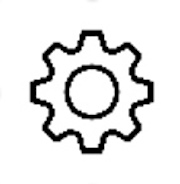
Methods
- Patient contact represents a certain limitation of the scaling and can only be replaced by videos with reduced learning success. We suspect that teaching with the videos in fall 2020 worked relatively well because fellow students were involved, who then also commented in the lecture hall and thus made the recordings very lively.
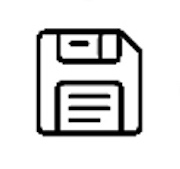
Tools
- EduApp: for clicker questions on the interviews, especially in online or hybrid classes
- Opencast Videosuite: for easy uploading of the videos and sharing between students, including student peer feedback and discussion.
Kontakt
Inst. f. Pharmazeutische Wiss.
Vladimir-Prelog-Weg 1-5/10
8093
Zürich
Schweiz
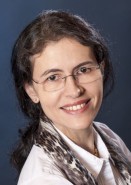
Kontakt
Age Medical
Hardturmstrasse 131
8005
Zürich
Schweiz
